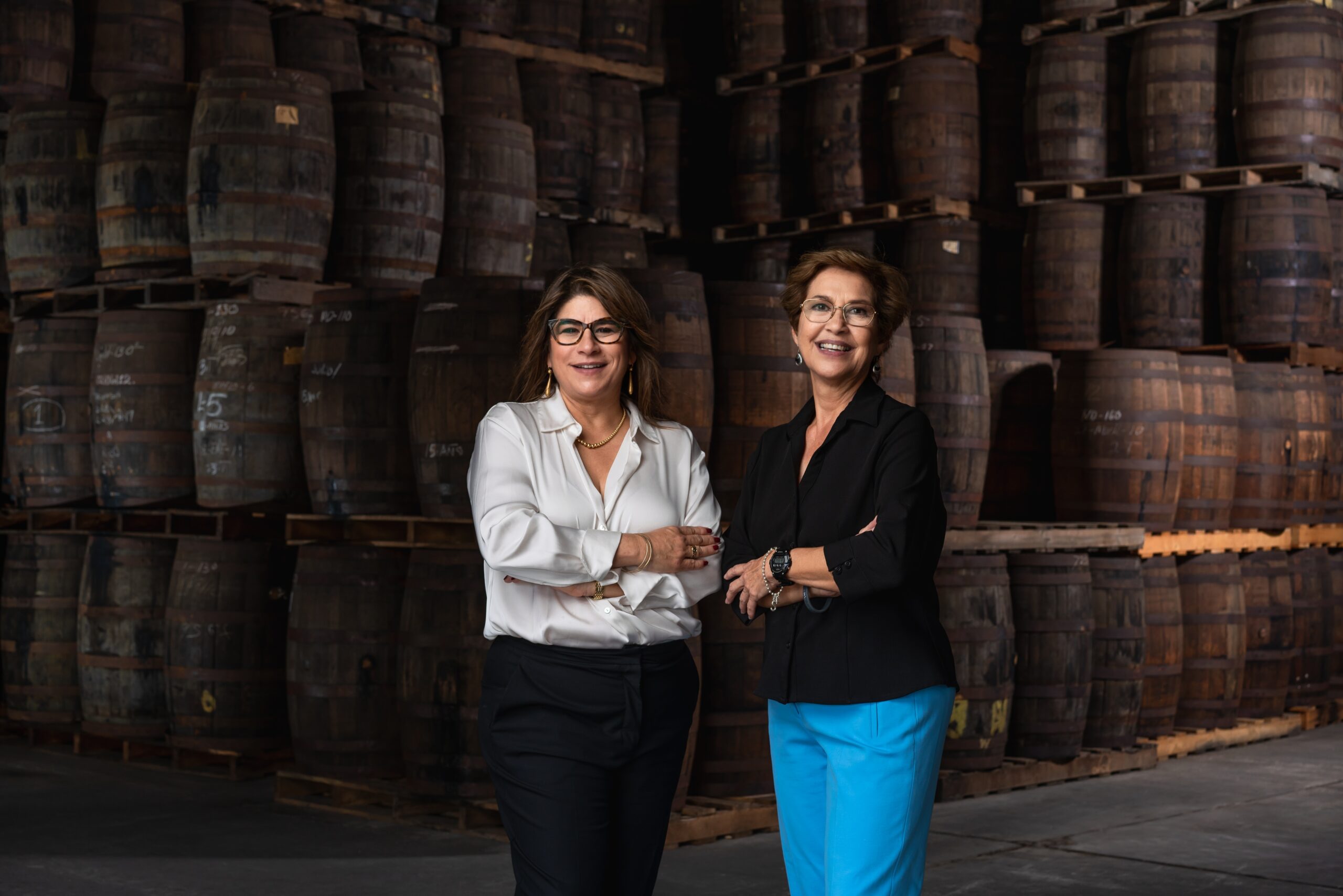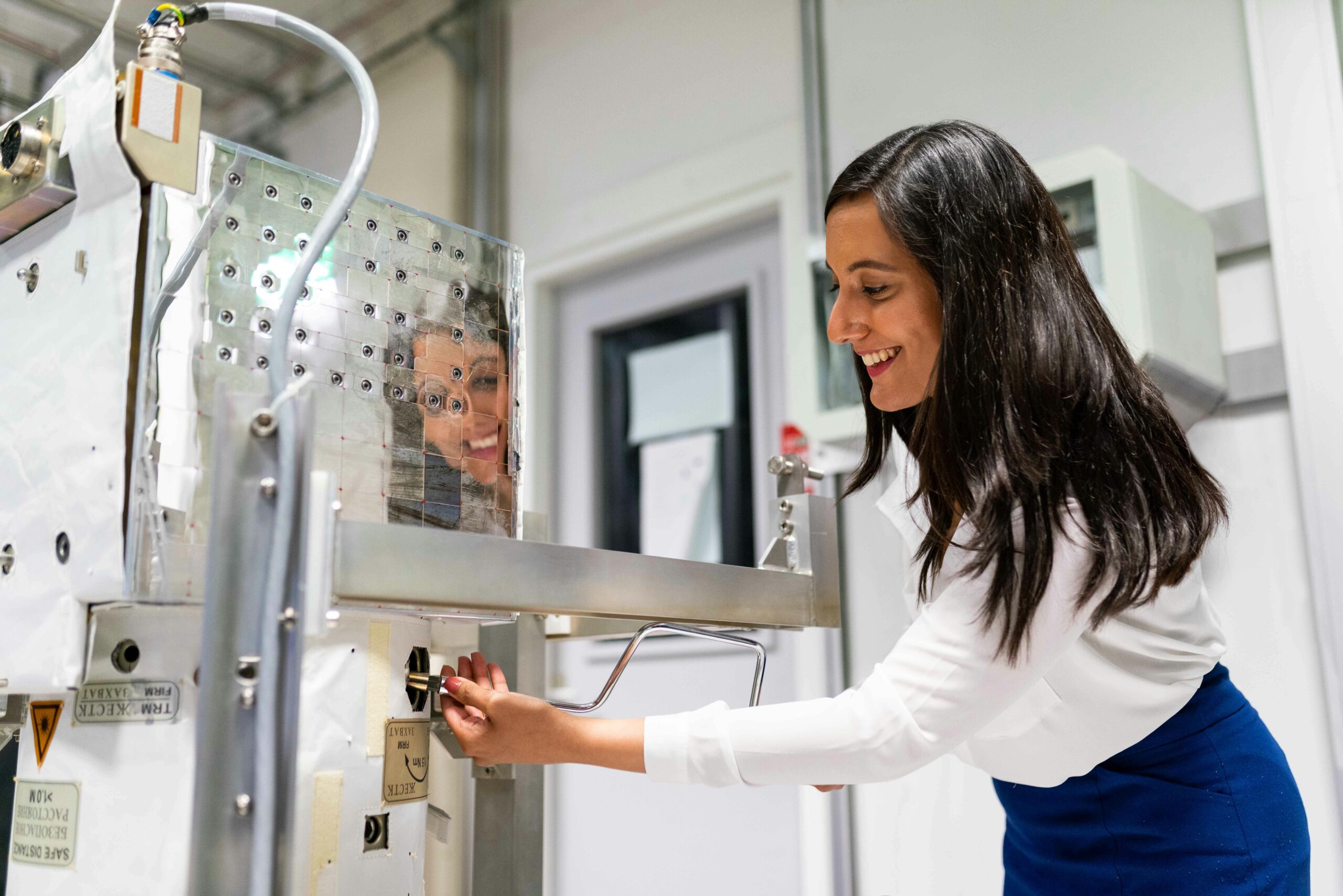
Suzanne Singer is doing important work in the STEM world. She received her PhD. in Mechanical Engineering at UC Berkeley and works as a staff engineer at Native Renewables. In this interview, Suzanne talks about her research in STEM, Native American women in STEM, how society can encourage girls in math, how STEM opportunities for Native Americans can be more accessible, and how feminism can be more inclusive to Native voices.
Tell us about your experience and work as a STEM researcher and developer.
My formal STEM (science, technology, engineering, and math) research experience started when I was an undergraduate student at the University of Arizona. I did well in my thermodynamics class which led to a 1-year research internship.
After completing my undergraduate degree, I spent 9 months at Intel pushing computer systems to their performance limits to investigate how efficiently heat was managed.
During graduate school at UC Berkeley, my research focused on improving power generation via thermoelectric devices by understanding the physics behind heat transfer in materials.
You’re also an entrepreneurial lead of a team called Micro Miners where you’re working on clean energy technology. Tell us more about this project, and what it’s like to lead this team?
I recently finished an intensive 8-week entrepreneur training program called Lab-Corps, sponsored by the Department of Energy to promote deployment of technology to commercial applications. The value of this program for an engineer or scientist is learning to understand a problem from the perspective of customers and stakeholders, translating technology benefits into economics, and formulating stronger value propositions.

What interested you about STEM education and how did you get involved?
I have been tutoring since high school, and really enjoyed helping others understand mathematical concepts. While in graduate school, I started thinking more philosophically about the challenges of STEM education in underrepresented communities. Being one of a handful of Native American PhD students at Berkeley in a STEM program was proof of the lack of representation in higher education. Since then I’ve recruited for both graduate programs and national labs.
We still see society enforce stereotypes that girls are bad at math, which is simply not true. You enjoyed math as a young girl in. How can we dispose of these stereotypes and encourage and support girls who enjoy/excel in math (and science, technology, etc)?
Math was my favorite subject in elementary school, and some of the best students were girls. I also helped my dad with his engineering endeavors around the house. I never got the message that girls were not supposed to be good at math. Part of the reason is that I had teachers that encouraged me to do well in STEM, and put me in an accelerated program that did fun science exploration.
Another reason is because my parents were both in STEM fields and it was obvious they enjoyed their work and found it professionally rewarding. I believe that seeing successful people that look like you break down perceptions of capability makes goals seem more attainable. It’s also important to showcase women doing careers that are stereotypically done by men.

What has been your experience as a woman with Native heritage in the STEM world? What are your thoughts on how STEM can improve to be more inclusive to women, particularly Native women and women of color? What would you like to see change?
The further I progressed in school, the fewer women of color I saw, particularly in leadership roles. Being one of the few Native American women in the STEM world can feel isolating. During tough times, I drew from the strength and support of my family, particularly the resiliency of Native women. I also recognize the importance of surrounding myself with successful and positive people.
In the last few years, I’ve started hearing the term unconscious bias, a quick assessment of our situation that we may not be conscious of. This can manifest itself in the work place and can negatively impact the inclusivity that companies are now aiming to achieve. Examples include unconscious hiring with a bias for certain schools that are considered “the best,” or hiring based on what a qualified candidate “should” look like. I would like to see more companies make an effort to educate management and employees about unconscious bias.
Another topic that I’ve been ruminating over is gender perceptions in the workplace. Numerous articles have been written that highlight the double standard of women vs. men’s behavior. I wish women didn’t have to worry about being perceived as aggressive in professional settings when trying to portray confidence. As a Native person with the cultural respect for elders, one of the hardest things, for me personally, is to be comfortable questioning, disagreeing with, and even teaching or training someone older than myself or in a higher position.

What are some of the socioeconomic barriers that Native Americans face in having access to opportunities in STEM research, activities, and education? How can we make STEM opportunities for Natives more accessible?
Many Native American communities are impoverished and geographically isolated, which leads to educational hurdles. Some homes, including thousands on the Navajo Nation, do not have access to grid-tied electricity. The cost to provide power and heating can be high. Without lighting, it is hard to do homework. When a family has to drive long distances to get to school, the price of gasoline adds up very quickly. Schools might not have access to STEM educational opportunities, resources, or even high-speed Internet access. Without reliable Internet, there are untapped resources for web-based research and education via video conferencing.
I recently saw a documentary called ‘Navajo Math Circles‘ that followed a group of educators and their successful summer camp that made math fun for Native students. Any effort to improve STEM education in Native American communities is valuable.
A step further is to understand barriers that underprivileged students overcome, and inquiring about experiences that show dedication in the face of adversity. This is important when admitting students to the next level of education, or hiring for a job. People should think about whether test scores or GPA should be the deciding factor when opportunities may be limited. For example, some students don’t have access to A.P. (advanced placement) courses, or don’t know that SAT or GRE test taking courses exist.
Another barrier is the lack of a clear STEM career path on tribal lands. Very few tribal colleges offer STEM degrees. My perception is that opportunities for STEM (or any) jobs “back home” are very limited. This leads to talented STEM professionals developing and maintaining their expertise elsewhere, when it is greatly needed at home.

Tell me more about your Native American background and how it has influenced and impacts your work in STEM?
I am Navajo (Diné), one of the 566 federally recognized Indian Tribes in the U.S. The Navajo Nation is located in Arizona, New Mexico, and Utah, and covers a land base the size of West Virginia. There are over 300,000 enrolled members, and over 160,000 live on the Navajo Nation or reservation. The tribe has a rich culture, a language that had a distinguished role in World War II, as well as an evolved three-branch government structure.
Tens of thousands of homes on the reservation still lack access to grid-tied electricity and running water. I learned at a young age the importance of conserving energy and water because none of my grandparents had these resources easily accessible. I did a lot of reading by dim light for the limited time the kerosene or propane lamps were on. I helped haul water from the local pump in barrels back to my grandparent’s house and had to know how to siphon water in to buckets which were then brought in the house.
I didn’t realize until much later how my experiences on the reservation tied into my current research interests.

What are your other goals and aspirations with STEM?
I would be thrilled to see more STEM camps that incorporate cultural knowledge to captivate young Native people. When I was younger, a Navajo professor gave a talk that blew my mind because he showed that culture and math could exist in the same realm. Because of this experience, I think the most successful way to incorporate STEM into Native communities is to embed it in the culture and history. For example, Native Americans built remarkable engineering structures and homes that allowed them to live a certain lifestyle and to survive in sometimes harsh environments.
Professionally I want to promote energy efforts, such as renewable energy development, that can benefit Native American communities.
How can feminism be more inclusive, uplift, and be better listeners of Native voices?
From all the conversations I have heard, my favorite idea of feminism is equal opportunity for all people. To be more inclusive, I would love for others to understand that many of the struggles that women encounter are also struggles for Native Americans and people of color, both men and women. Having this awareness and spreading the word helps give Native women a voice.
Having the two-way conversation is important. I am personally working on being a better listener, and trying to understand why others believe what they do, even if I disagree. The best discussions are when I try to listen without interrupting and empathize with the other person’s point of view. Then they are more willing to listen to my thoughts from a different perspective.
==================================================================================
Suzanne Singer was originally interviewed by Cameron Airen. Their exchange has been condensed and shared with permission.

















4 thoughts on “Mechanical Engineer Suzanne Singer On The Need For More Native American Women In STEM”